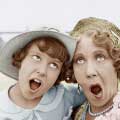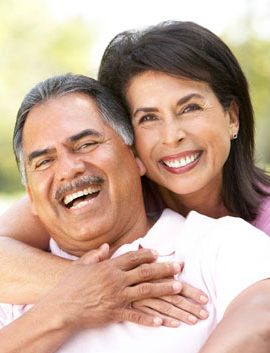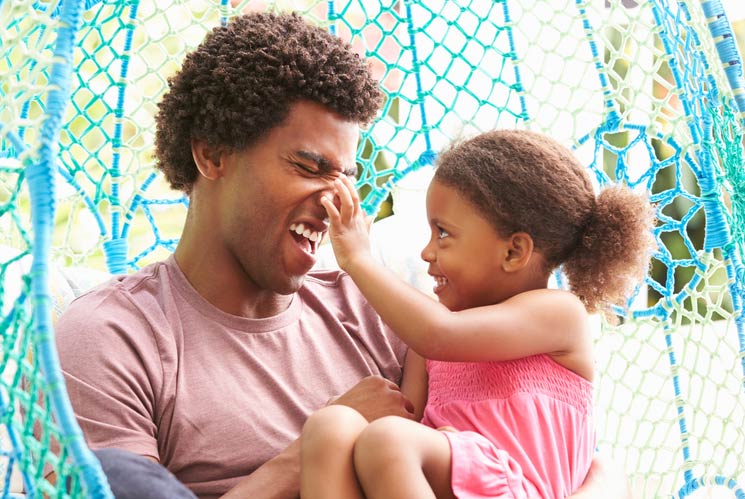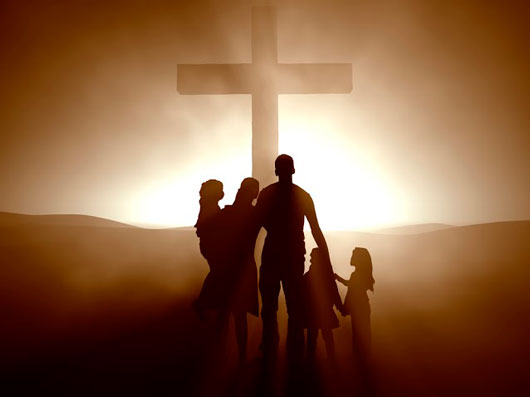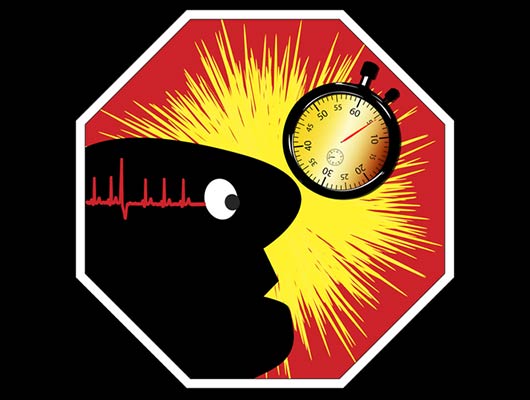
Ever since I was a kid, I’ve dreaded having a brain aneurysm or a stroke. This might seem like an odd thing for a little girl to worry about. Unless, of course, that little girl’s mom suffered from a massive stroke at age 28, when her daughter was just eight. My parents separated when I was six, so I was not around to see my mother when she had her stroke, or even be with her during her recovery.
When I saw her again at 12, she was a different person. Her entire right side was affected, so she walked with a limp. She had to learn how to write with her left hand, and relearn some of her Spanish, although she retained her skills in English, her first language. Her sight was impaired too; she lost peripheral vision and had several blind spots. Her memory was hit hard. As a preteen, I remember being embarrassed by her condition; and today I’m embarrassed by my reaction. She was still my mother, after all.
To this day, she battles with her disability and as a nurse once told me, her determination has kept her alive. Because, when you have a stroke or aneurysm and brain cells are destroyed, you have to challenge yourself mentally and physically on a daily basis. If you don’t, your condition will worsen, both mentally and physically. I suppose I inherited my fighting spirit from her, which I’m very proud of. But that doesn’t lessen the pain and the confusion I felt as a child when my mom was taken from me forever, first by circumstance and then by a crippling disability. Nor does it make up for her own tragedy of having her life torn apart when the aneurysm in her brain ruptured.
Read Related: Refusing to Be a Victim of Cancer
Apparently when she was very young, my mother suffered from blinding headaches which would bring her to tears. These might have been a warning sign of things to come. So as soon as my sister or one of my kids complains of a headache, I worry. Heck, when I have a migraine—which is once every few years—I always fear the worst. I’ve consulted with doctors, undergone brain scans and MRIs. I’ve been told by some experts that I have nothing to worry about and by others that my kids and I are at a higher risk of having a brain aneurysm because my mother did, or a stroke, because my maternal grandfather died of one shortly after I was born.
I could have us all DNA tested—and I’ve considered it—but exactly what would that accomplish? I’m not sure that my fears would be put at rest.
Every time I find out someone I know or even didn’t know, had a stroke, my fear is rekindled.
And yet, I realize that I am perhaps at a higher risk of having a car accident—I log plenty of road miles every week—than of suffering an aneurysm. It’s not easy to accept that my family or I could be hit by a stroke just as if it were a lightning bolt—and our lives would be changed forever. But then all we can really do is take care of ourselves and hope for the best, every single day.
SIGNS OF A STROKE
I’ve familiarized myself and my family members with these warning signs of a stroke, and what immediate steps to take should any of us show signs. Stroke awareness is vital to get an early treatment.
WebMD lists the following as signs of a sudden stroke:
- Numbness or weakness on one side of your face and/or body
- Confusion and trouble understanding
- Slurred speech
- Difficulty seeing with one or both eyes
- Trouble keeping your balance and coordination
- Sudden onset of severe headache
ACT FAST
The National Stroke Association recommends that if a person seems like they are having a stroke, you should keep in mind the acronym FAST:
-
Face: Ask the person to move her face. If one side is drooping, that could be a sign of a stroke.
-
Arms: Make the person raise her arms. If one fails to rise all the way up, it’s a red flag.
-
Speech: Ask her name and make her repeat something. Slurred speech could signify a stroke.
-
Time: If the person shows any of the above signs, call 911 immediately! The sooner a person who is having a stroke receives treatment, the higher the likelihood of his or her surviving it, and of the symptoms being reversible.


